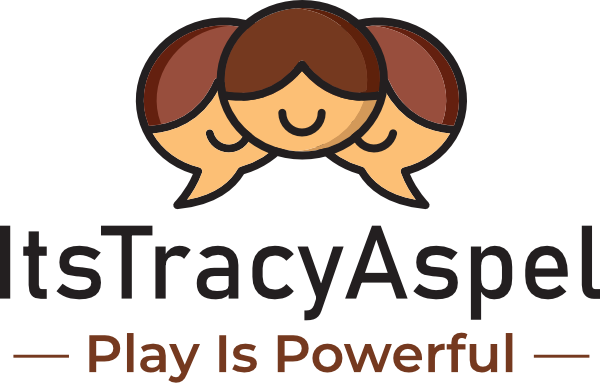The Creative Muscle; How to Flex It
I facilitate a lot of training events and workshops where I encourage people to get out of a rigid way of thinking and trust their own spontaneity. It is something I had to face myself and I wrote about in a previous blog post,. The lure of being completely "in the moment" is so tempting, but then the fear of the ideas created being judged overwhelms this initial impulse, and in most cases wins.
This resistance is not unlike the resistance encountered during a new exercise class. We attempt something despite our mind telling us repeatedly to stop and revert to what we know is familiar. We have to repeat the actions we are resisting in order to get better at them. Because we know it is in our best interests to do so.
It's obvious to all of us why we need more creativity in our lives. It can be harder though to figure out how to practically do that. Whether its time constraints, lack of ideas, or sometimes overwhelm, a practice of consistent creative "flow" seems impossible at times. Just like keeping the mind empty and present during meditation, it can seem like work.
I have always believed in the existence of a creative muscle in each and every one of us. Some of us are stellar athletes, and some of us are still thinking about getting off the couch. The athletes of course got to where they were by practice, and giving that muscle something to do. If a muscle in our bodies isn't given the opportunity to stretch, then it doesn't operate at its peak.
Here are some tips I have picked up from many, many, many hours of facilitating people getting into a creative zone:
Warm Up - So if you are sitting at your desk right now, pick up any item. It is probably stationery-related, but challenge yourself to make it into something else, that has a purpose beyond office life. One of the Torrance test's of creative thinking was to come up with as many different uses for a paperclip beyond clipping pages together. Write them down or say them out loud. It is not about the quality of the ideas, it is about letting yourself say those ideas or express them .
Exercises - In the same way certain exercises work different parts of the body, you need to cultivate some tools or exercises that get your brain into a divergent-thinking state. I train using disciplined improvisation techniques that are designed to get people out of their heads and into their bodies, but that isn't the only way of flexing the creative muscle. If you like music, then is there an instrument you can play? If you like art can you sketch for a while?
Distract - Sometimes I run fastest when I see one of my children heading for a busy road. I wont run near as quickly in a circuit training class. Telling our brains to be creative can often be the most counter-productive thing we can do, but creative moments can strike at what seems like unexpected times. Figure out the place you are when you tend to get nuggets of inspiration. For me, it tends to happen when I am driving, which is one of the semi-automatic activities we do which distracts the thinking, analyzing part of our brain just enough to let great ideas sneak in unchecked.
Most important of all, stop telling yourself that you are not creative. You can bet the athletes who compete for medals in the Olympics don't tell themselves they were not fast before they competed.

